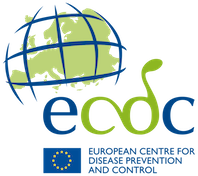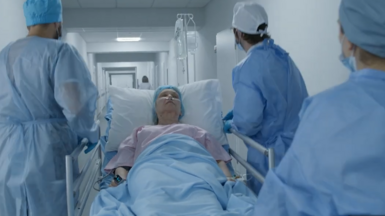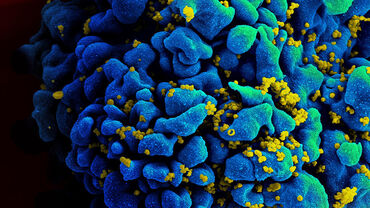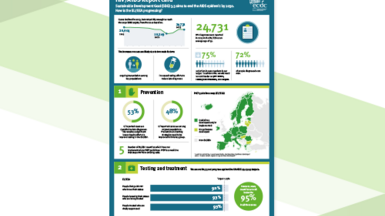New guidance from ECDC and EACS aims to raise standards of HIV care, focusing on lifelong health
The European Centre for Disease Prevention and Control (ECDC) and the European AIDS Clinical Society (EACS) have released two new additions to a series of European standards of care for HIV, which cover key aspects of HIV prevention, testing and treatment. These latest modules, which focus on the commencement of antiretroviral therapy (ART) and the management of HIV and co-morbidities for people diagnosed with HIV, build upon the existing standards of HIV prevention through pre-exposure prophylaxis (PrEP) and HIV testing.
These standards of care provide a framework to enhance the quality of HIV prevention and care throughout the region. In the WHO European Region, it is estimated that 2.3 million people are living with HIV (778,000 in the EU/EEA). Effective treatments have transformed HIV into a manageable long-term condition, shifting the focus of care from survival towards ensuring people live long and healthy lives. The standards were developed through a collaboration of clinicians, public health experts, and community representatives representing people living with HIV. This person-centred approach ensures the guidance is grounded in the latest evidence, and is also practical, equitable, and empowering for the individuals it is designed to serve.
The Commencement of ART module reinforces the consensus that all people should be offered treatment immediately upon diagnosis. It sets a clear target for initiating therapy as soon as possible, ideally within seven days, which benefits individual health outcomes while also acting as a tool for preventing onward transmission. Evidence has shown that those who begin HIV treatment late, especially those with weakened immune systems (CD4 ≤ 350 cells/μL), are more likely to face serious health risks, including early mortality, compared to those who are diagnosed and treated early.
With increasing life expectancy due to effective HIV treatment programmes, people living with HIV face a growing burden of non-communicable diseases (NCDs), including cardiovascular disease (CVD), diabetes, cancers, chronic renal, liver, and pulmonary diseases, as well as mental and neurocognitive disorders. Recognising that people with HIV face a higher burden of age-related health conditions, the module on HIV and Co-morbidities provides a structured approach to integrated care. It outlines essential protocols for regularly screening and preventing issues like cardiovascular disease, certain cancers, and mental health disorders, aiming to support healthy ageing and improve overall well-being.
By establishing a clear benchmark for high-quality, holistic care, the series of standards provides a tool for healthcare systems to audit and improve their services. It also empowers people living with HIV by defining the care they should expect to receive at every stage, from prevention and testing to immediate treatment and long-term health management.
Find out more
ECDC/EACS standards of HIV care
The standards of care (SoC) for HIV define the expected, or desired, quality of prevention, treatment, and care for people at risk of HIV acquisition or living with HIV.
Read the modules here
Operational support
European standards of HIV prevention and care: Module on Commencement of antiretroviral therapy
Early initiation of antiretroviral therapy (ART) is a cornerstone of HIV care, conferring individual health benefits and reducing onward transmission.
Operational support
European standards of HIV prevention and care: Module on HIV and co-morbidities
An estimated 2 334 662 people are living with HIV in Europe and Central Asia, of whom 1 944 695 have been diagnosed with the infection. As the population with HIV is aging, 18.7% of new HIV diagnoses occur in people aged over 50 years.







